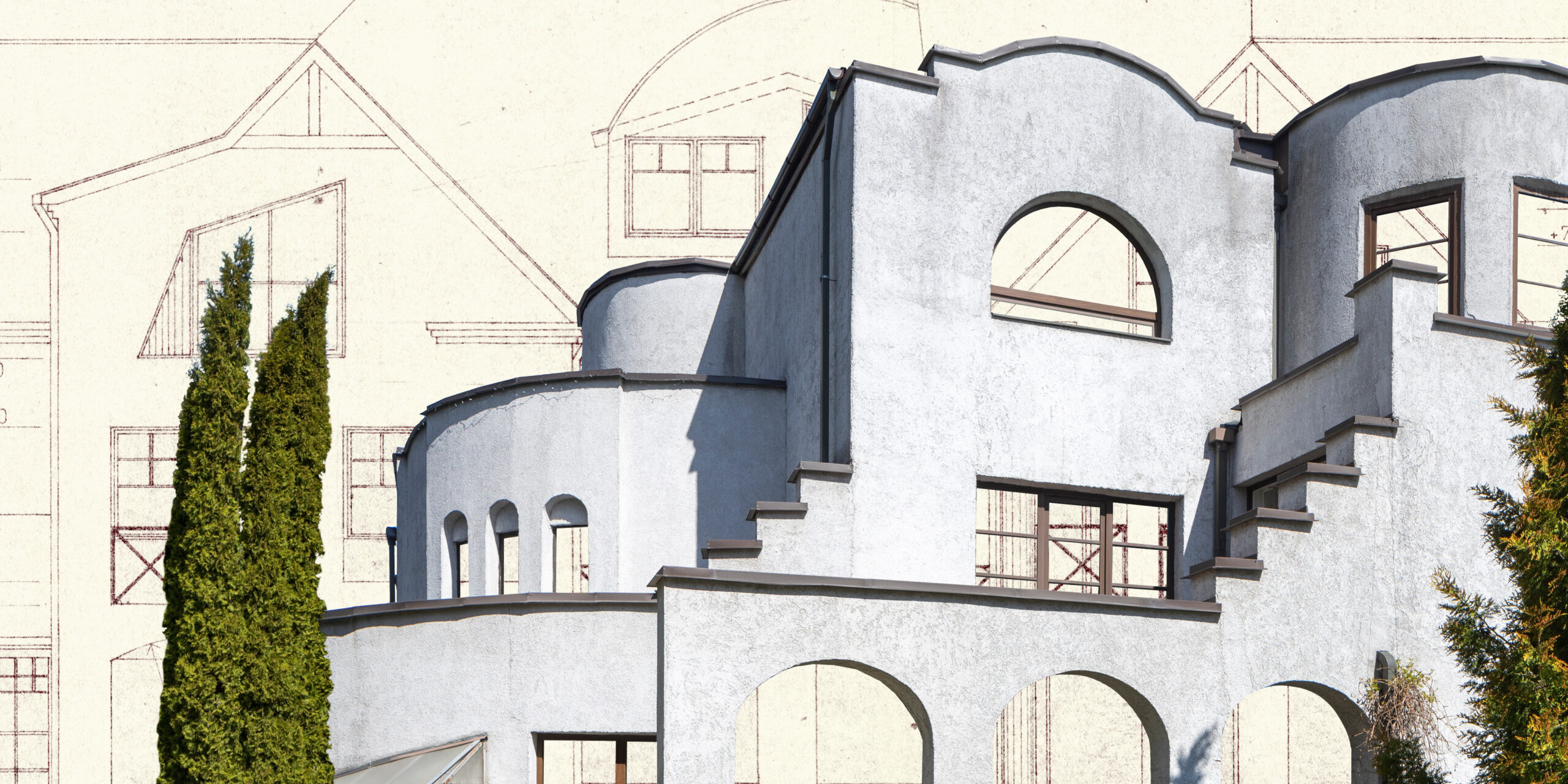
Bold and beautiful. Estonian private houses from the 1980s
In the middle of the 1970s, postmodernist aesthetics reached the Estonian architectural space, which by the 1980s had become the defining style of the decade. The new style brought about a bold and playful architectural language, opposed to harsh modernism, emphasizing the role of the architect more as an artist. A more individual approach to the design of buildings made it possible to design colorful and detailed public buildings, which we know rather well, but also private houses or, using the vocabulary specific to the era, individual houses. One of the ideals of the style was low-density buildings like family houses or townhouses, thus being completely different from the gray rhythmic steps of the widespread apartment buildings. The architect’s self-expression was not limited by typifying guidelines.
Architecture historians have been studing postmodernist houses mainly through an architect’s practice or construction trends, but an overview exhibition of private houses aimed at a wider audience has not yet been compiled yet. Considering how many of these era-specific residences, which also form the ideal of today’s home, have been created, proportionally little attention has been paid to them. This exhibition lifts the veil primarily from four residential areas that were planned from the late 1970s to 1991: the Rehe street area in Viljandi, the so-called Arhitekti district and Ihaste in Tartu, and the Ilmandu village near Tallinn. Based on the field of heritage research, questions of the value assigned to houses are also raised. The exhibition is an insight into the stories of the design, construction (including self-construction) and development of housing in the volatile 1980s-1990s years and is based on Triin Reidla’s master’s thesis defended at the Estonian Academy of Arts in 2020 “Such an Ugly House! Postmodern Residential Buildings and Issues of Evaluation”.
Curator:
Triin Reidla
Deigner:
Koit Randmäe ja Brit Pavelson
Photografer:
Martin Siplane
Coordinato:
Anna-Liiza Izbaš
We thank Estonian Culture Endowment









